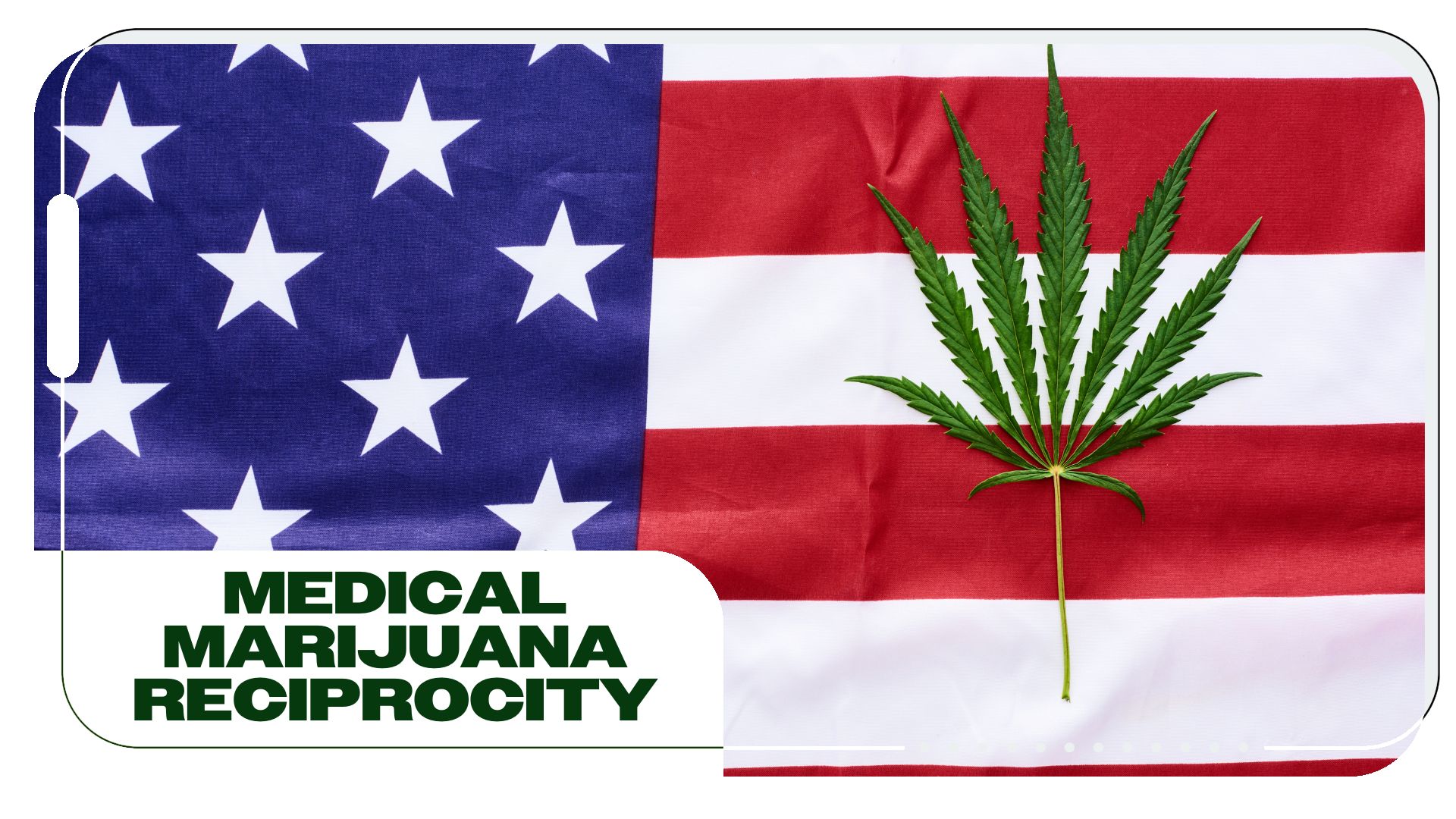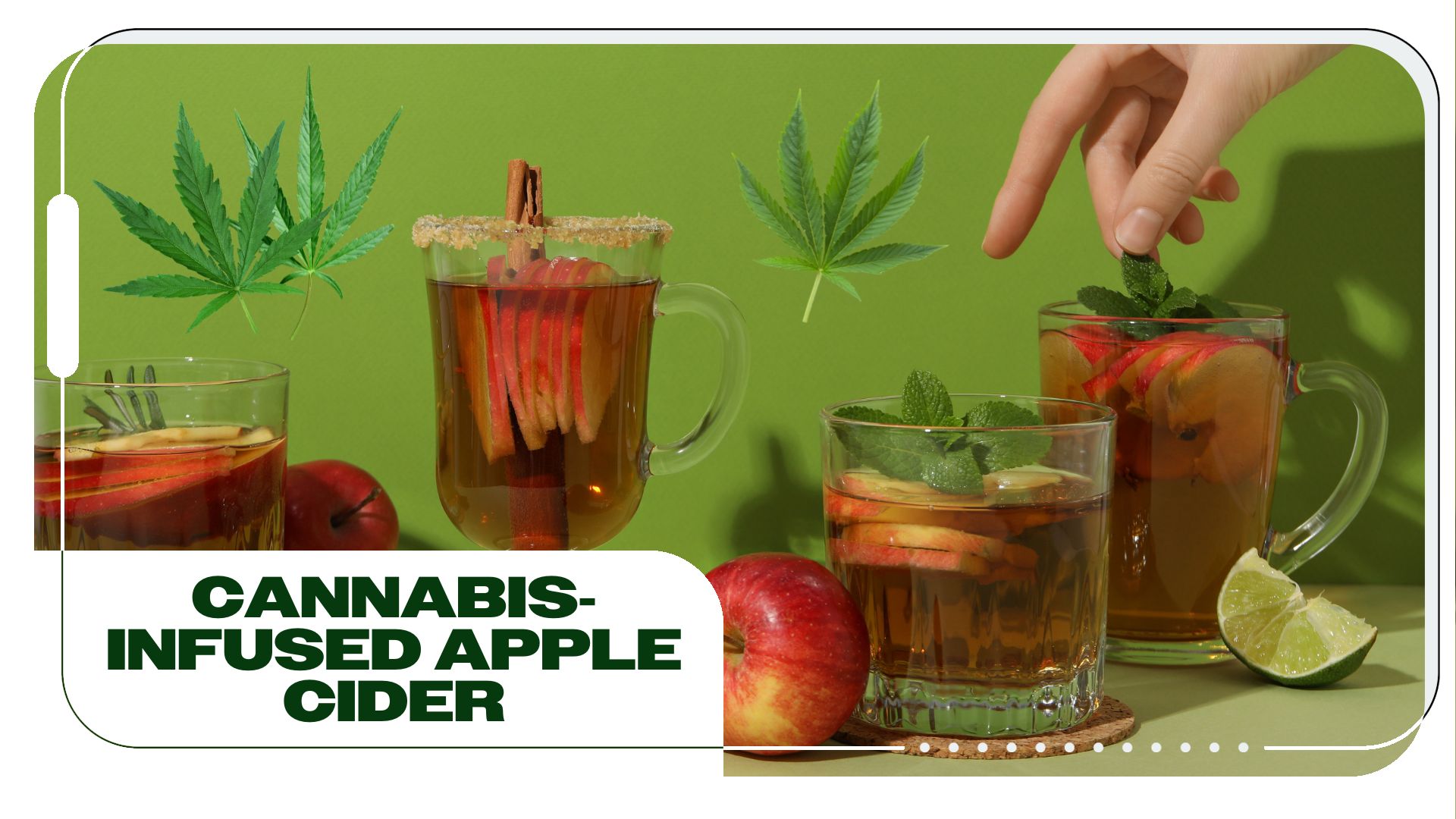Providing legalization in the sense that growers cannot be unjustly punished is key—as long as their practices are clean, safe, humane, and environmentally conscious.
This sort of open market creates a thriving ecosystem in which medical marijuana can remain focused on quality plants, grower rights, and personal relationships. Corporations are the ones who need the most regulation. A clear example would be the food industry. One does not have to look far to see the effects industrialized mass-production of food has on our health. Think inhumane chicken farms, GMO vegetables, and chain restaurants.
Despite a push for corporate medical marijuana control, JC says that “consumers have finally wised up” to the shady practices, lack of experience, and low quality provided by large-scale investors.
Consumers are fed up with third-world quality products. Prices are slowly rising. Well grown material is taking preference.
This change for the better has come several years after new investors have experienced how difficult being a grower can be. Their undercutting has not paid off. Losses are becoming substantial enough to where the only option is to either improve their processes or get out.
One truth about capitalism is that when one entity does not deliver, another will. In this case, the local, organic growers are the winners. Medical marijuana patients deserve and need the highest quality plant that they can afford. Paying more for that quality ensures the best treatment.
Moving Forward
Medical marijuana has its place in our society. Thousands of patients are finding relief without reliance on any corporations. Keeping the farmer in mind is key to a future where quality relationships and quality products are emphasized over profit. Less regulation and more control in the hands of growers ensures this.
Greener pastures do exist, and many hardworking US farmers are making sure the highest standards are met.








